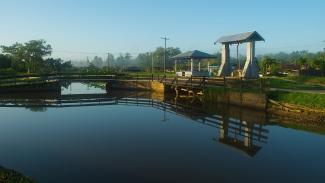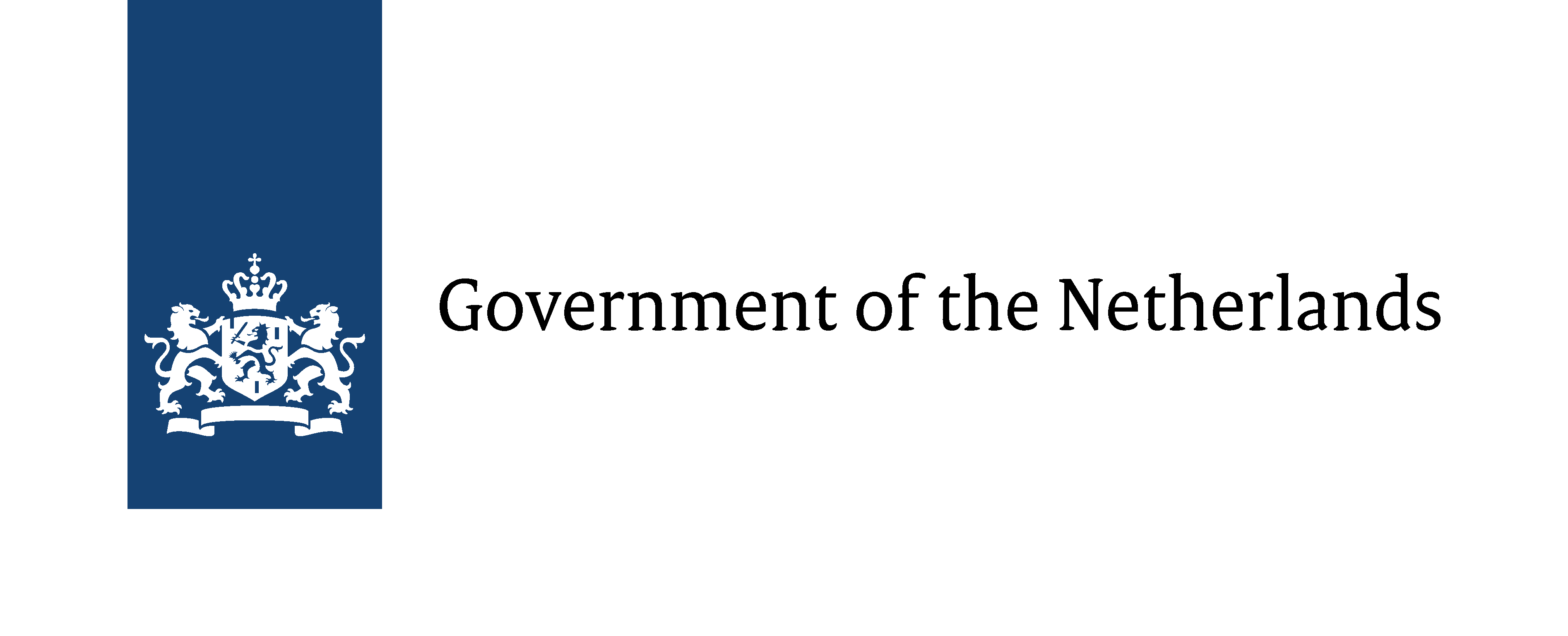
Historically, deltas and riverbeds have been crucial to the agricultural development of civilizations. The rich and fertile soil these areas create also inspired colonial rulers to prioritize agriculture. Plantations therefore dotted the landscapes of Dutch colonies. The many plantations along the rivers of Surinam are a testimony to this development and serve as a major component of the country’s cultural heritage.
While there were only 23 sugar plantations in 1668 in Suriname, by the year 1800 this number had increased to 641 active plantations along the Para River and the lower courses of the Suriname and Commewijne rivers, and by the 1970s, 3,500 hectares of rice polders were being irrigated on the western coast of the now independent republic. The Dutch water systems in the Commewijne area, for example, which fuelled the plantations, served as a catalyst for successful harvests. The land was divided into sections, which were then separated by a bed system. A dike protected each plantation against salt water from the river. On the plantations themselves, especially the sugar plantations, a dual water system was introduced for the regulation of water levels.
These past few years, the Dutch government has funded the restorations of several of these plantation sites along the Commewijne river, revitalizing the significant relationship the Dutch and Surinamese have with water. Additionally, a conference was held in 2010 to pay attention to these historical landscapes, with a focus on the relationship between heritage and water management.
Project
"A new life for historic cultural landscapes: examples of creative policy plans"
This conference looked at the current and future conservation strategies of the historic landscape along the Commewijne River, comprising a series of sugar plantations with all their elements, including the water management characteristic for this muddy mangrove coastline.

